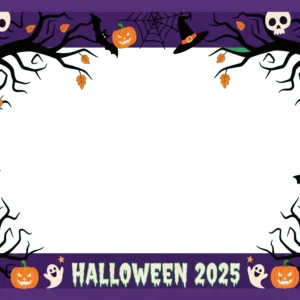In a world where comic and magazine collectors thrive on the thrill of the chase and the pride of display, PSA’s recent foray into this niche has been met with equal parts excitement and exasperation. Just when you thought you could streamline your collection with PSA’s brand-new grading service, reality threw a curveball. What was initially pegged as a swift 20-day adventure into grading heaven has, quite unceremoniously, expanded to a rather sluggish 75-day wait. Talk about turning pages at a slow pace!
For those unfamiliar with the grading cosmos, PSA’s recent launch should have been a comic-book fan’s dream. The company was rolling out the red carpet with special launch pricing designed to lure in collectors like moths to a flame. Submitting modern comics and magazines (circa 1975 to the present with a value under $400) would cost you just $25.99, while vintage submissions had a price tag of $39.99. Sounds like a steal, right? Well, as with most things that seem too good to be true, there’s always a catch—and in this case, it’s the waiting game.
The hiccup appears to stem from a few unexpected logistical knick-knacks that PSA didn’t quite anticipate. Sources close to the company have intimated that hiccups in tariffs and production pipelines have left PSA without the shiny new magazine-size slabs they were counting on for the inaugural launch. These hiccups have delayed the arrival of these slabs until sometime in September, transforming what should have been a short, sweet journey into a long, drawn-out saga.
Adding an extra wrinkle to the process is PSA’s newly offered pressing service. For a modern comic, $11.99 offers you a chance to iron out the creases, while vintage pieces command a heftier $29.99. But before you rush to press that beloved issue you’ve cherished since high school, a word of caution: pressing services apply to your entire order. Mixing and matching pressed items with their unpressed counterparts isn’t on the menu. It’s an all-or-nothing kind of deal, reminiscent of those rigid comic book characters who can’t let their guard down—one bit.
And yet, amidst this array of logistical woes and blanket policies, there lies the proverbial elephant trundling through the century-old library: PSA’s uninspired label design. Despite embracing a new grading venture, PSA’s slabs still march under the banner of blandness, exhibiting labels as generic as your average vanilla ice cream cone. Meanwhile, their direct competitor, CGC, offers collectors an additional zest of pizzazz by tempting them with exquisite character artwork on the label for a small fee. A stylish touch that doesn’t just occupy space on a shelf—it makes a statement!
In an era where collections aren’t just amassed—they’re displayed, PSA’s labels limp behind, seemingly untouched by the winds of change or the demands of an audience that values aesthetic just as much, if not more, than authenticity. If beauty is in the eye of the beholder, then PSA’s labels have clearly been out of sight and out of mind, trapped in a time capsule from days of yore. While their competition, CGC, continues to dazzle with chic options both in terms of turnaround speeds and visual flair, PSA finds itself at a crossroads.
Collectors worldwide may, for now, stick with the standard bearer who promises not just swift service but label art that sparks joy and admiration. PSA’s venture into magazine grading is a gamble that hasn’t quite hit the jackpot—not just yet. As things stand, if connecting with comic enthusiasts on a deeper level is the end goal, a formidable redesign is not just a suggestion but a necessity. For PSA, the slabs are out; the waiting period is up, and the world watches. It’s time to decide whether it will be a tale of renovation or stagnation in the coming chapter.

